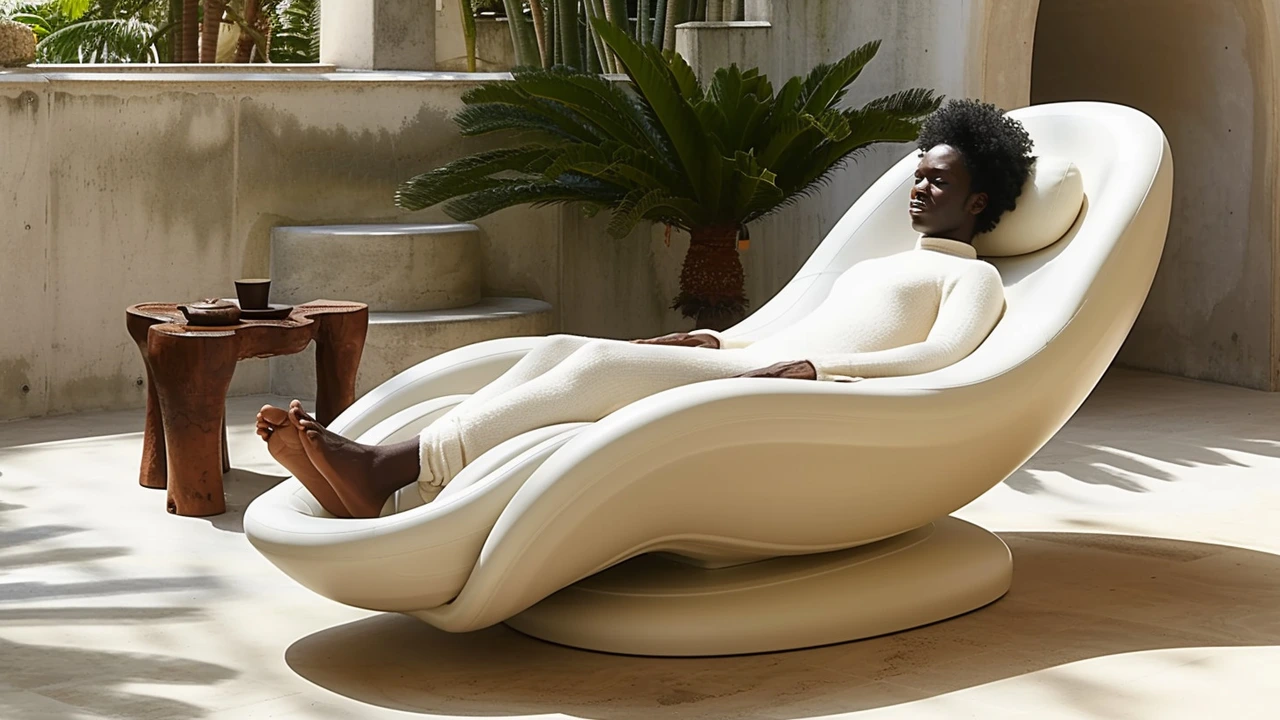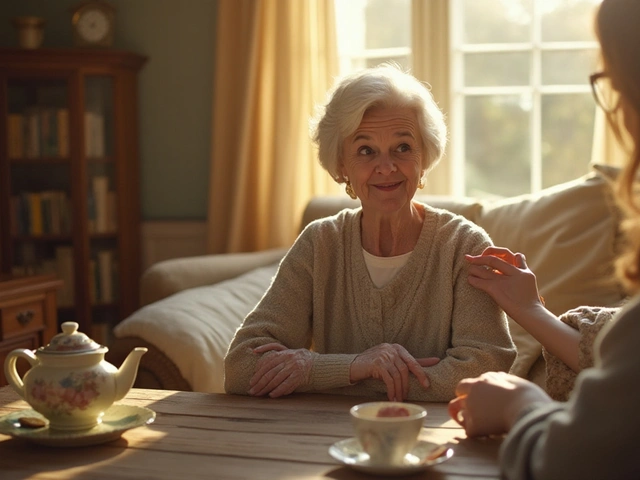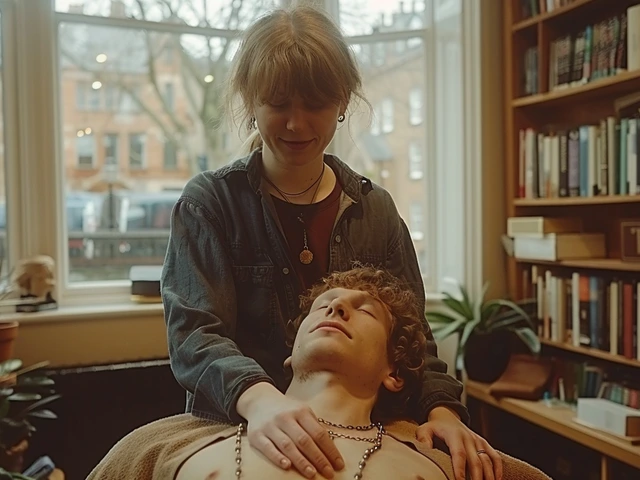Chair Massage: Fast Relief at Work and Events
Chair massage is a short, focused massage you get while sitting fully clothed in a special chair. It targets the neck, shoulders, upper back, arms, and hands—the spots that tighten first when you sit at a desk or stand for long shifts. If you need quick relief between meetings or want to boost employee wellbeing, chair massage is a low-friction option that really works.
Why try chair massage?
It’s fast. Sessions are usually 10–30 minutes, so you can fit one into a lunch break. It’s practical: no oils or undressing needed, so it works at the office, trade shows, or at events. It eases tension, reduces stress, and can improve focus and mood right away. For many people, a single 15-minute session reduces neck stiffness and headaches more than a coffee break does.
What to expect in a session
A therapist will ask a couple of quick health questions, check your comfort, then guide you into the chair. They use their hands, forearms, and thumbs to work along muscles and pressure points. Communication matters—tell them if pressure is too strong or if a spot hurts. Most people feel lighter and more alert after a short session.
Safe and simple stretches often follow the massage. These are easy to repeat at your desk and help the benefits last longer. If you have a recent injury, open wounds, or a condition like severe osteoporosis or certain blood disorders, skip the chair massage until you check with a healthcare provider.
Cost varies. On-site corporate sessions are usually priced per therapist per hour and shared across many employees. Drop-in shops and events may charge per minute. Expect to pay less than for a full table massage, but still get meaningful relief.
Want to bring chair massage to your workplace? Start small: book a pilot day for one team, gather feedback, and then scale. Ask providers about liability insurance, therapist certifications, and whether they offer repeat visits. Simple logistics—private corner, quiet music, clear scheduling—makes the experience smooth and inviting.
Tips for getting the most from a chair session: arrive hydrated, skip heavy meals right before, wear comfortable clothes, and mention any sore or injured areas to the therapist. After the massage, take five minutes to walk or do gentle neck rolls to lock in the effect.
At events, chair massage draws people in. It’s a memorable, shareable experience that boosts mood and brand interaction. For personal use, chair sessions are a low-commitment way to try massage therapy and see quick changes in pain and stress.
If you want regular results, combine chair massage with short daily stretches and posture checks. That combo keeps your upper body working better between sessions and makes each massage feel more powerful. Ready to try one? Look for local providers with clear reviews and flexible booking—your neck will thank you.

Explore the World of Chair Massage: Benefits, Techniques, and More
Hello there, fellow wellness seekers! I'm excited to dive into the world of chair massage today - a unique, accessible and beneficial wellness technique. We'll explore its numerous health benefits, uncover different techniques and delve into why it's becoming so popular worldwide. So grab a cup of tea, find your cosy spot and get ready to learn something new about your health and wellbeing journey. Let's dive right in!

Chair Massage: A Comprehensive Guide for the Curious
Hey there, wellness enthusiasts! In today's post, we're diving deep into the world of chair massages - an intriguing technique that's been popular for years. This comprehensive guide is filled with needed insights, especially for the curious novice who's looking to learn everything about chair massages. From understanding its history to learning various techniques, this post is shopping loaded with information you need to master the chair massage experience. Step into this journey with me and let's discover the wonders of this therapy together!
Categories
- Health and Wellness (148)
- Alternative Therapies (86)
- Massage Therapy (40)
- Travel and Culture (15)
- Beauty and Skincare (9)
- Holistic Health (8)
- Health and Fitness (5)
- Spirituality (5)
- Other (2)
- Personal Development (2)
Popular Articles



